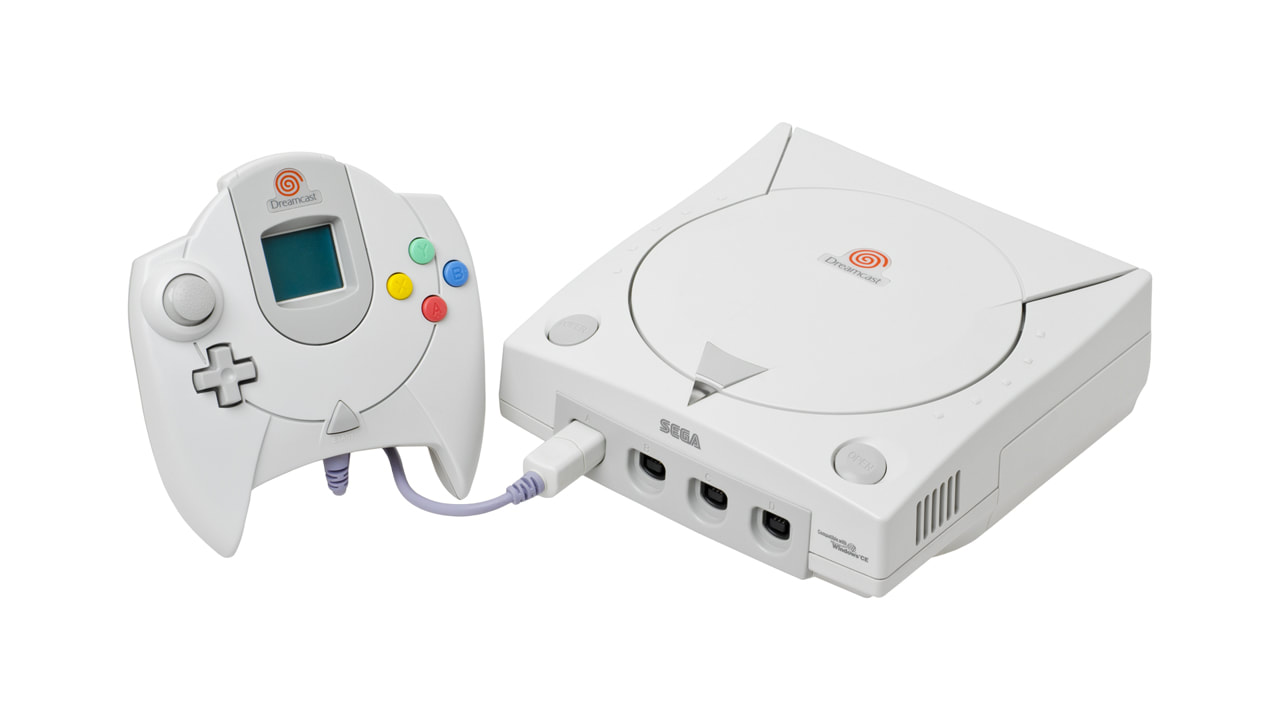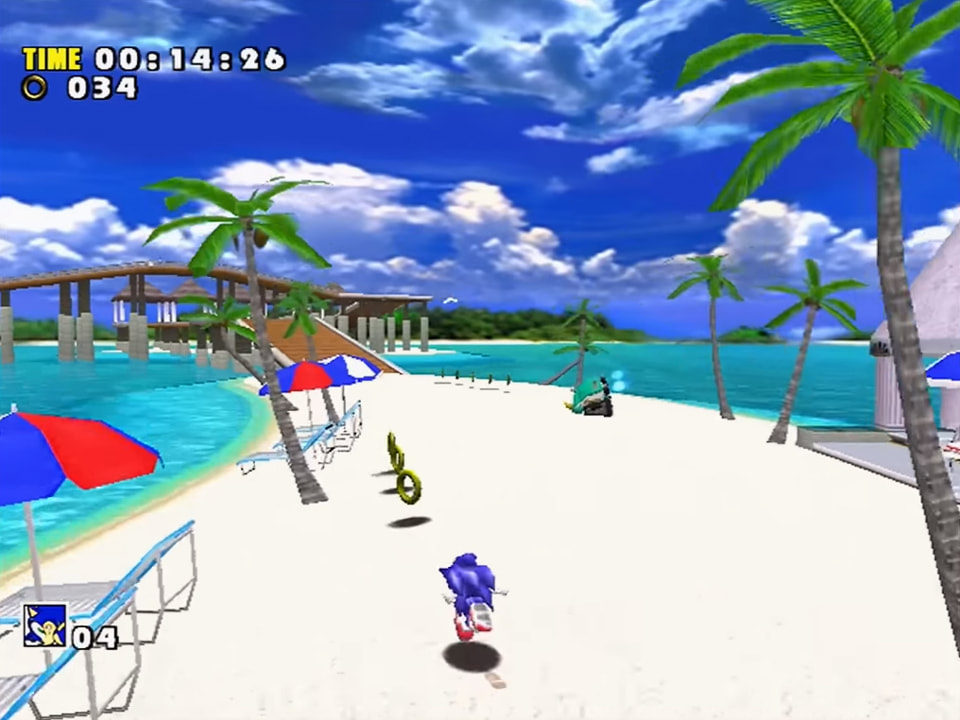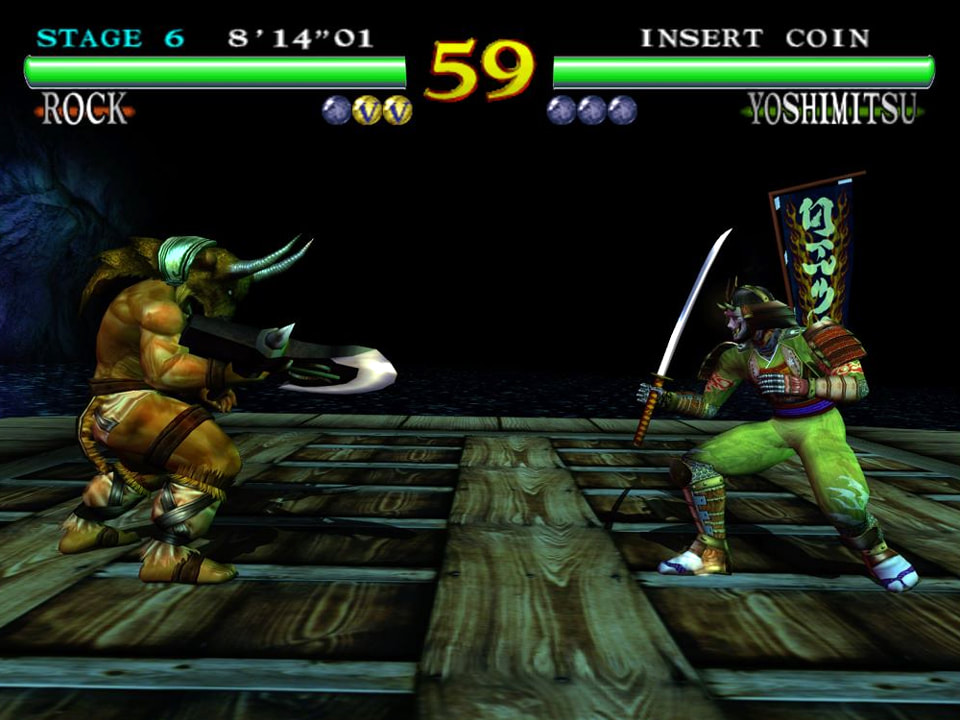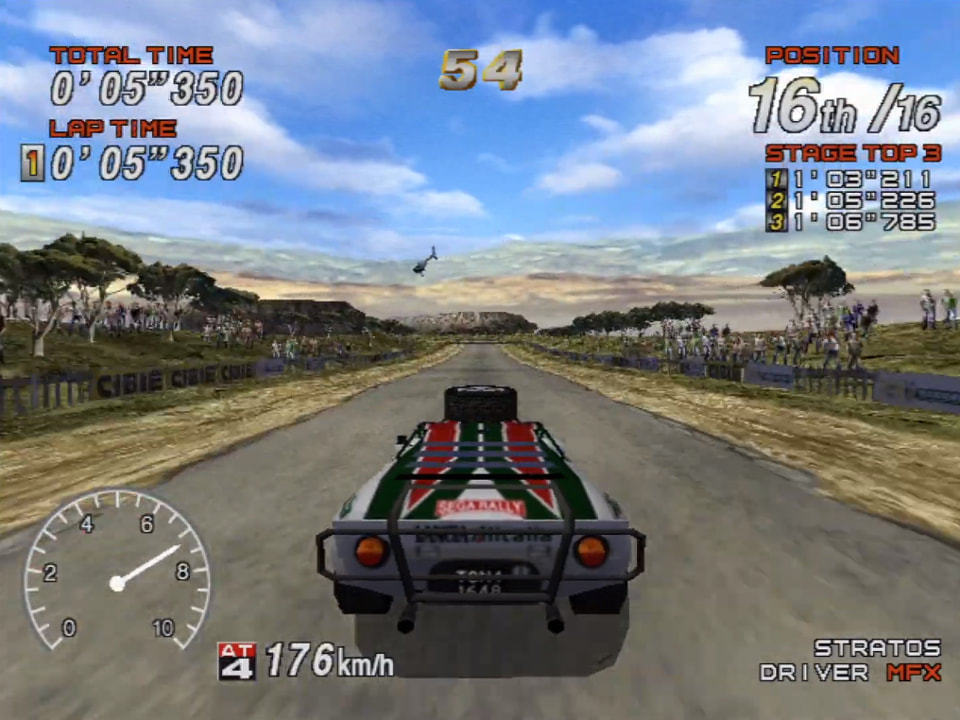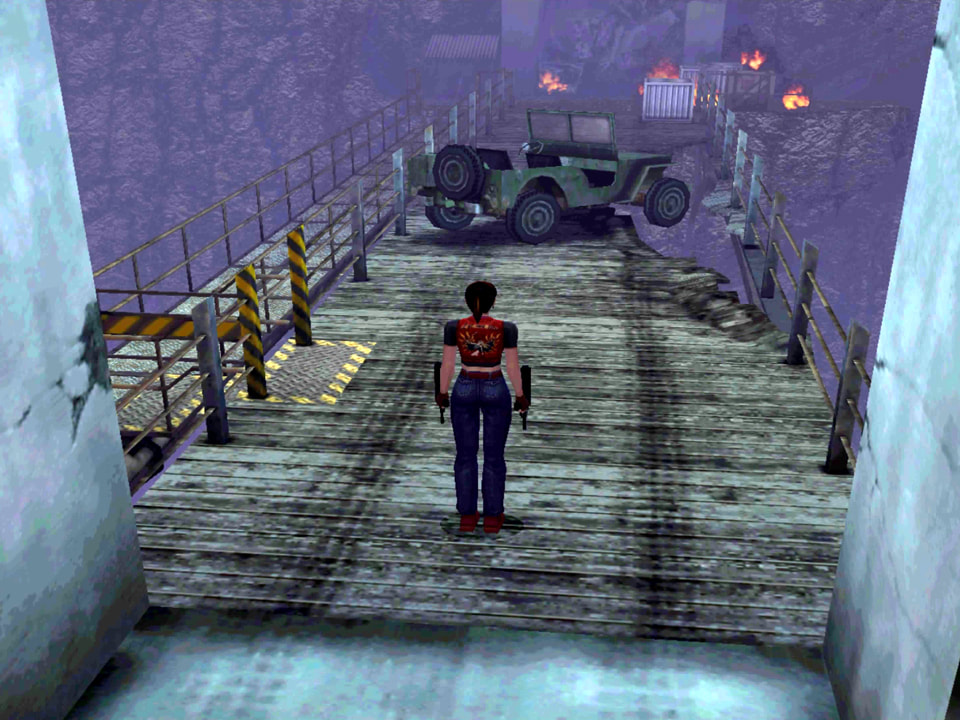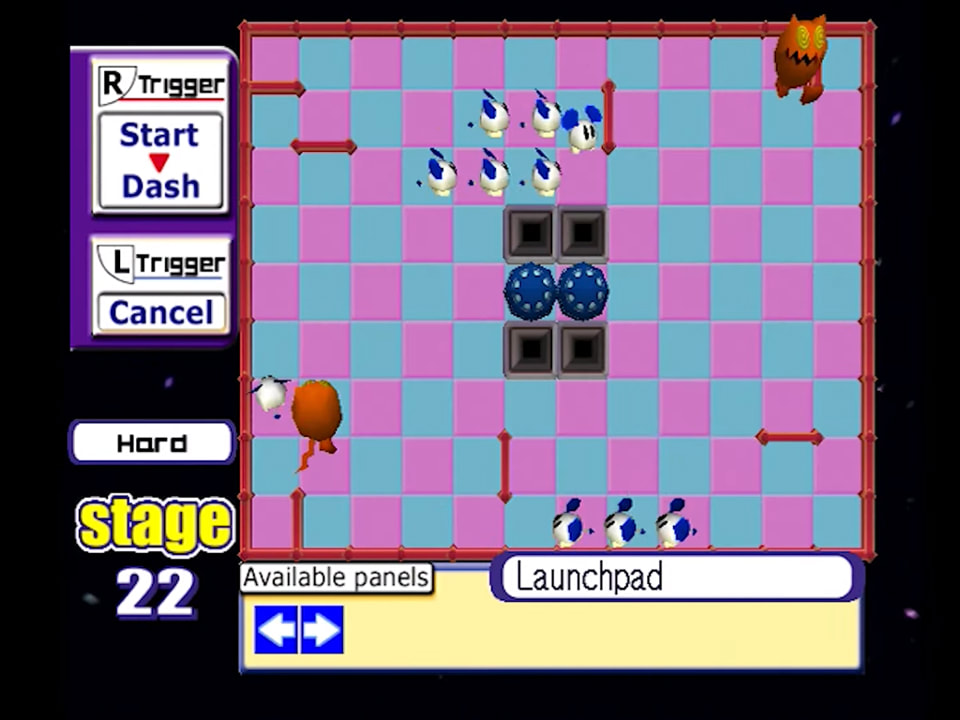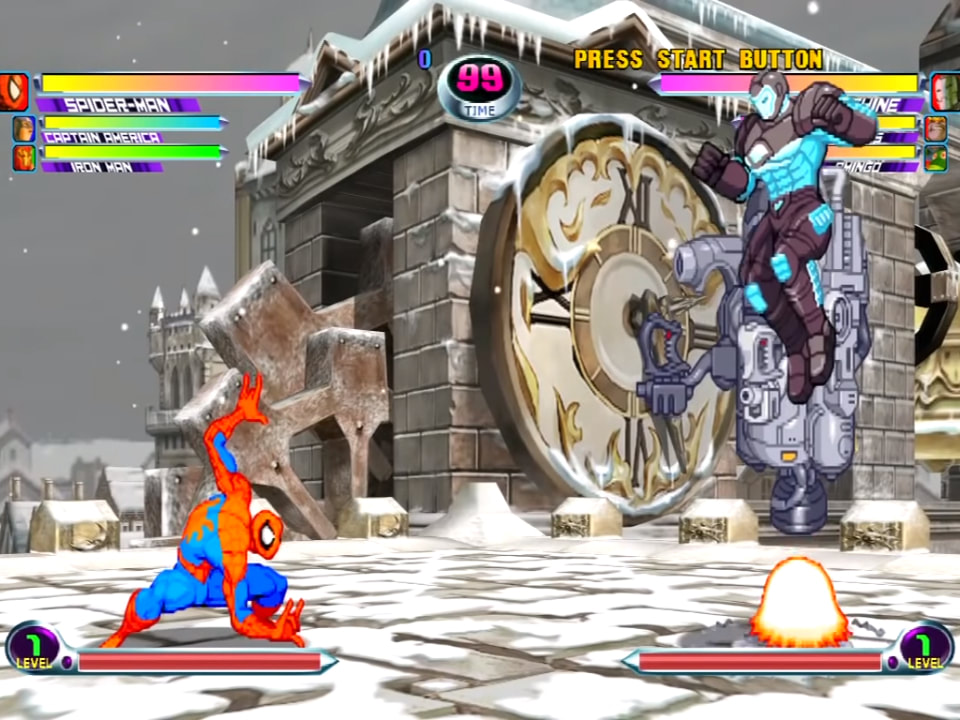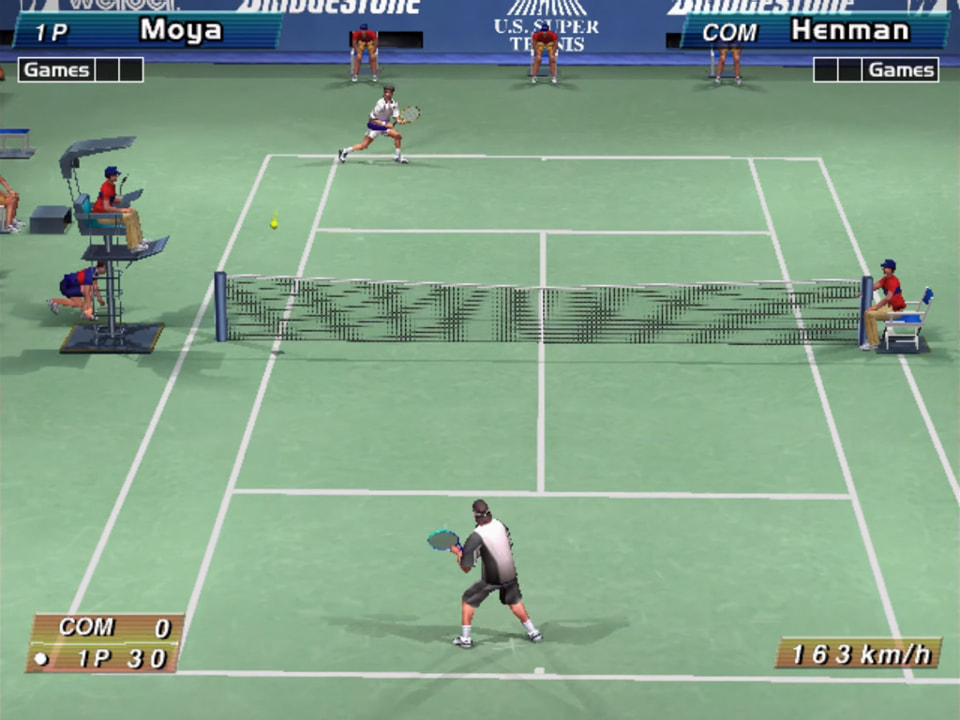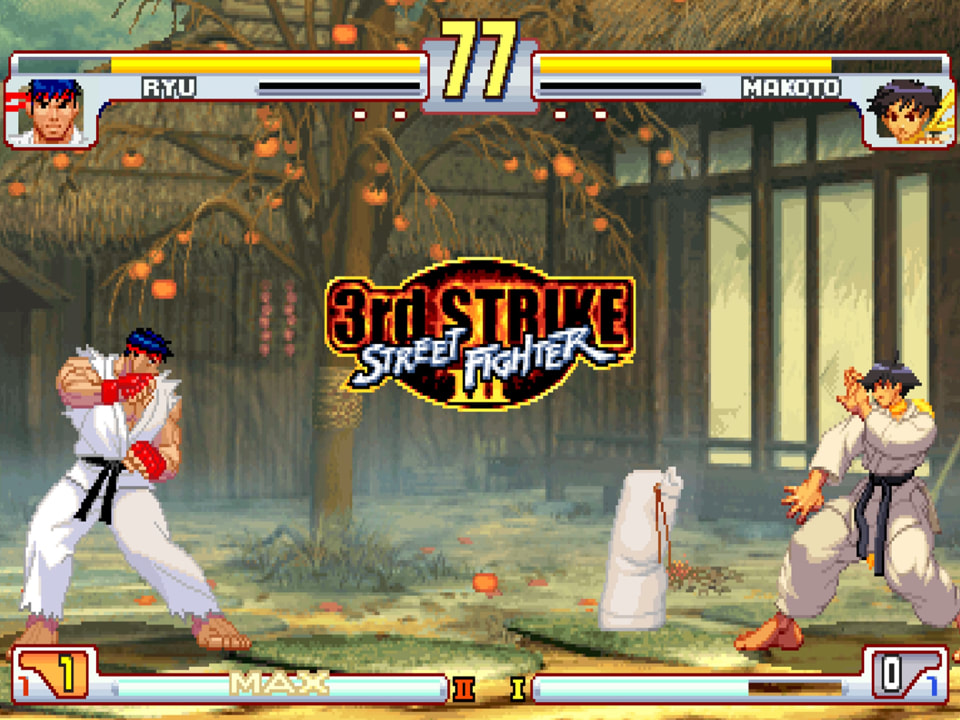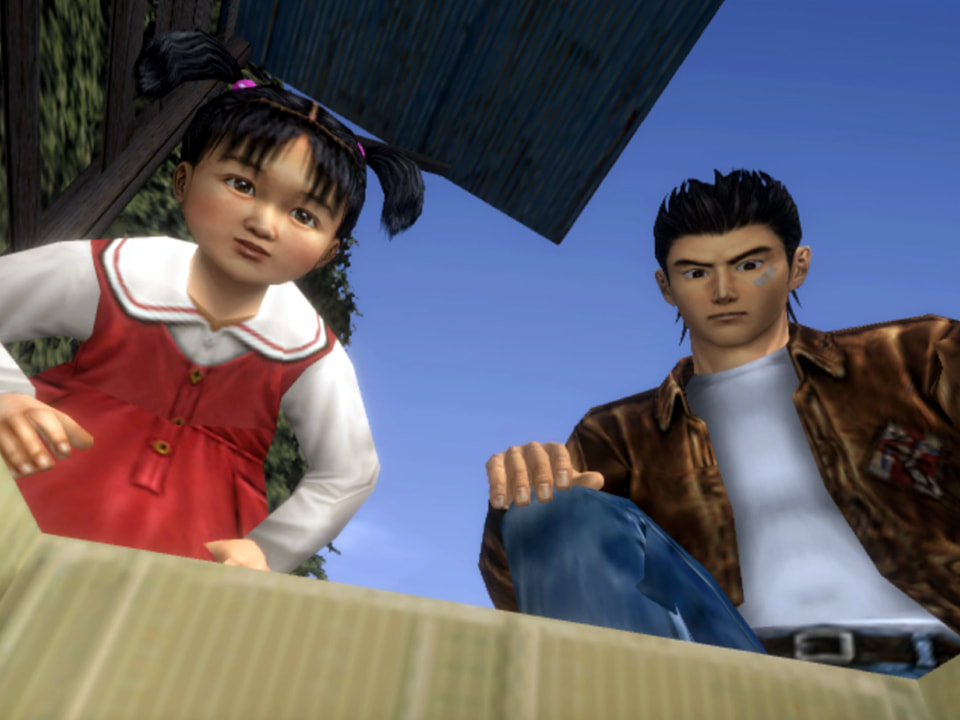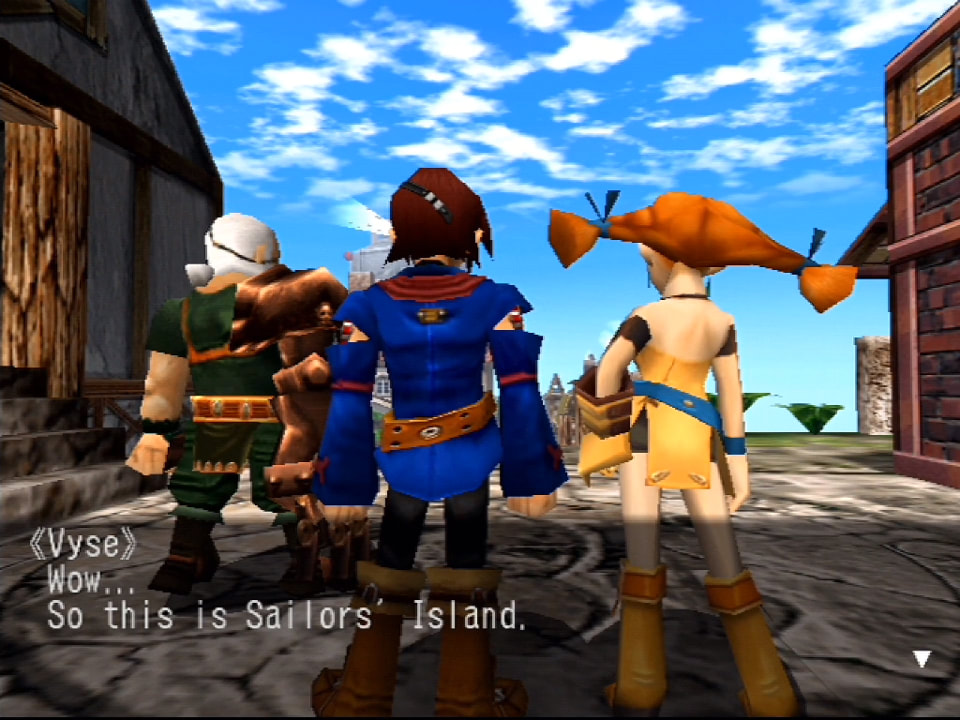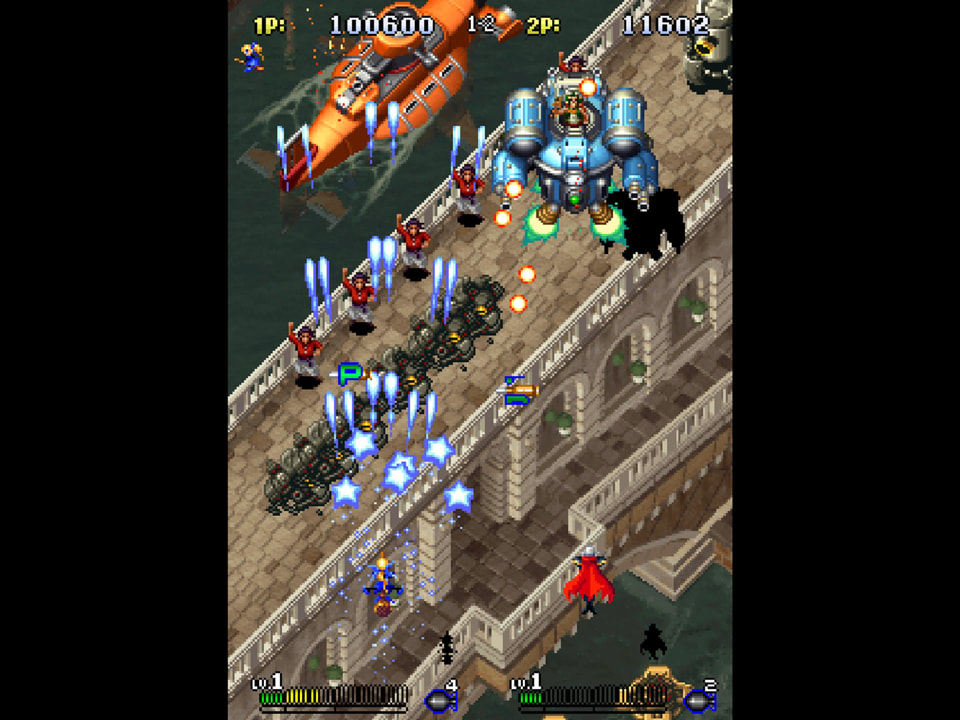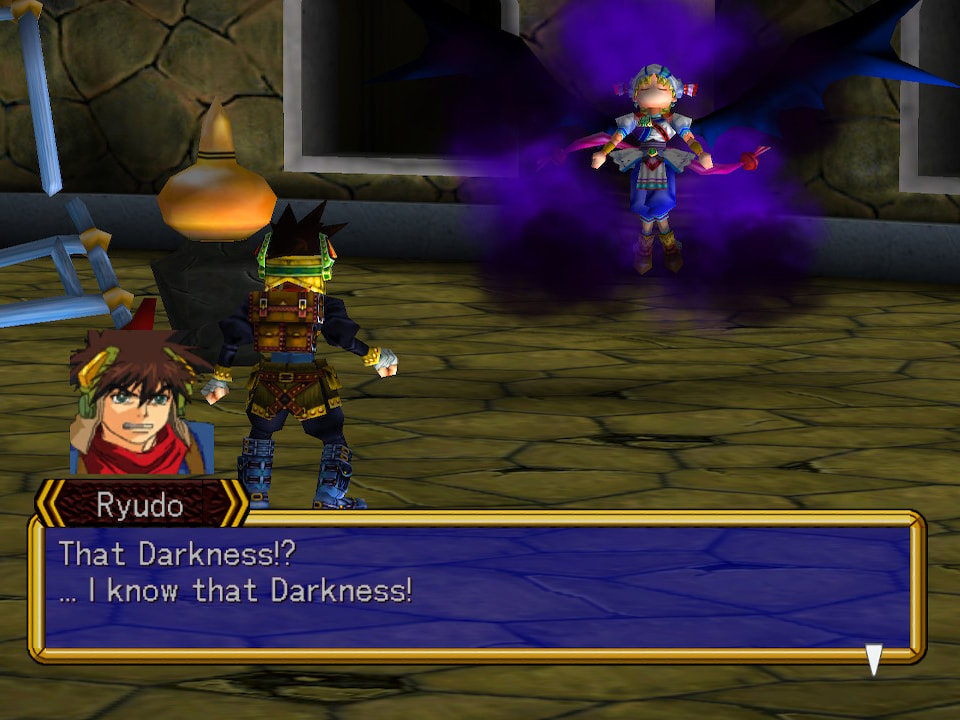After finalizing the hardware specifications, a public contest was held by Sega to name their new system and "Dreamcast" was selected out of more than 5,000 entries. In order to avoid the same anemic launch that the Saturn had suffered, Sega took steps to have plenty of Dreamcast games available to choose from when the console made its North American debut on 09/09/1999. Sega also acquired American sports game developer Visual Concepts to ensure that the system's library would be adequately stocked with a variety of great sports titles, both at launch, and over the months and potentially years to follow. In addition (and as they did for all of the company's previous consoles), Sega's other internal studios all worked diligently to provide the Dreamcast with a multitude of high-quality first-party fare over the console's life.
Despite making a number of savvy decisions with the design and launch of the Dreamcast, Sega was ultimately unable to sell enough systems to cover their past losses on the Saturn. Nor were they able to gain enough market share to turn the tables on Sony and Nintendo. Eventually, the Dreamcast also began to burden Sega with losses and so, just over a year and a half into its life, they reluctantly exited the console industry altogether. It is said that the candle that burns half as long burns twice as bright. That may have been true in the Dreamcast's case. It's difficult to name another console that was able to amass such an amazingly diverse library of incredible titles over such a short run. Please read on for a list of the very best of these games to ever have graced Sega's final console.
With good reason, too. As there had been no entry on the Saturn, it constituted the first mainline installment since 1994's Sonic & Knuckles for the Genesis. Additionally, it was the first mainline 3D installment, and just as Nintendo had succeeded with Mario's transition to 3D, Sega, too, was also able to find success with Sonic's. Sonic Adventure was a great-looking, technically impressive, and most importantly, fun to play game. It also was the recipient of much critical acclaim and helped to give Sega's Dreamcast launch a much-needed kickstart.
Publisher/developer Namco decided to go above and beyond for the home release of their own already outstanding 3D-fighting arcade game, and somehow managed to make it even more impressive in the process. Not only did the already fantastic graphics receive a notable upgrade, but Namco saw fit to include a plethora of welcome options and modes that arcade goers could only dream about. The result was a legendary once-in-a-generation type game that managed to stand head and shoulders above all others - - arcade, home console, PC, all of them.
Despite the lack of a numeric value in the title, there was no denying the value of the game itself in the eyes of critics, series fans, and grateful Dreamcast owners at the time. Code: Veronica was highly praised upon release, particularly for it's movie-like cinematics, real-time backgrounds, and cutting-edge graphics. Sadly, despite its incredibly positive reception, the Dreamcast release didn't sell as well as Capcom had initially hoped, and they would later port Code: Veronica to the PlayStation 2 and GameCube (and eventually other platforms as well), but not until after the Dreamcast's tragically short run had already come to an end.
The 2000 follow up, Marvel vs Capcom 2, was essentially more of the same, but bigger. Much bigger. First, Capcom increased the roster from a measly 15, to a mind-boggling 56 selectable characters! They also upped the ante by converting the assist character role in the first Marvel vs Capcom to an additional playable character in part 2, taking the gameplay from 2 on 2 with an assist to fully 3 on 3 character fighting action.
Both games constituted superb additions to the Dreamcast library, and both were also briefly exclusive on the system before being ported to rival systems. Between the two of them though, it was the second game's much bigger roster of fan-favorite selectable characters, and its spectacular 3 on 3 fighting; not to mention its much longer exclusivity period (it would remain so for over a year and a half after the Dreamcast was discontinued by Sega), that made it, not only the arguably superior Marvel vs Capcom game, but one of the most indisputably boastworthy titles a Dreamcast owner could possibly possess.
Upon release, both the arcade version, and the Dreamcast port that soon followed, enjoyed near universal acclaim. Critics especially complimented the game for its beautiful graphics, deep gameplay, and excellent multiplayer. The Dreamcast version of Virtua Tennis was (and still is) regarded as one of the finest sports titles ever to appear on the system and the game would eventually see several excellent ports and sequels as a testament to its own accomplishments.
Shenmue was extremely ambitious for the time and included a detailed model of an actual Japanese town, realistic day/night and weather cycles, and a cast of over 300 fully-voiced characters. The game received rave reviews upon release, and was particularly praised for its incredible production values, impressive graphics, and ridiculous sense of immersion. Sadly, the overly ambitious nature of the title came at a high price, literally. Even despite showing some fairly respectable sales numbers, Shenmue still ended up being regarded as a financial failure for Sega. But the game did manage to have a profound influence on the industry, giving rise to two eventual sequels, as well as two whole spiritual sequel franchises (in those of Sega's own largely-similar Yakuza and Judgement series). Additionally, Shenmue was also clearly a major source of inspiration for open-world game design in general, particularly in that of the numerous Rockstar titles that have since followed it.
The team strove to differentiate Skies of Arcadia from other RPGs of the time (like Final Fantasy VII and VIII), by focusing on simple and fun game mechanics, and a brighter, more cheerful world filled with expressive faces to better convey character emotions and personalities. The game received quite a bit of praise upon release with particular acclaim being given to the game's incredible visuals, great story, fantastic characters, and excellent soundtrack. Sadly (and even despite receiving a GameCube port in 2003), sales of the game were somewhat underwhelming and the title remains, to this day, one of the most underrated hidden gems in video game history.
The system is fondly remembered by many for the novel features it brought to the table, such as its internal modem, and it's miniature Game Boy-like controller attachable Visual Memory Unit. The Dreamcast was also home to a number of quirky peripherals like the maraca controllers for Samba de Amigo, the fishing rod controller for Sega Bass Fishing and Sega Marine Fishing. There was even a twin-stick controller for Virtual-On: Oratorio Tangram, but sadly, that device was never released outside of Japan. But the legacy of the Dreamcast was most strongly demonstrated by the incredible depth and variety of its library of games. From the truly bizarre titles, like Seaman, to the many outstanding games such as those listed above, and everything in between. Though the Dreamcast may have had its amazing run end far too soon, it will always live on in the memories of those who were there to witness its glorious time in the sun.

